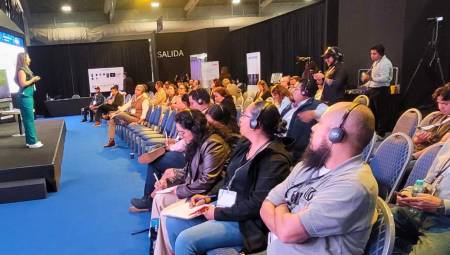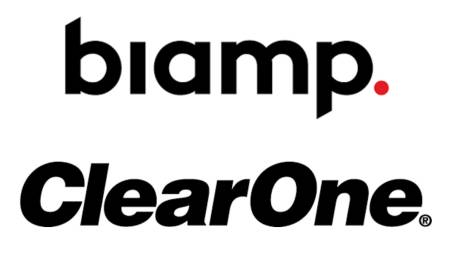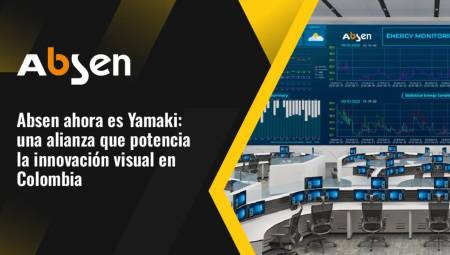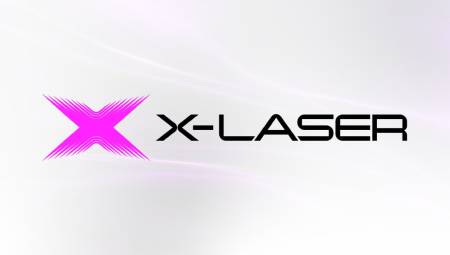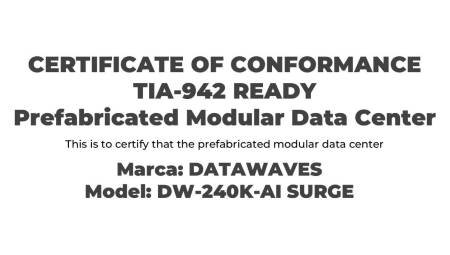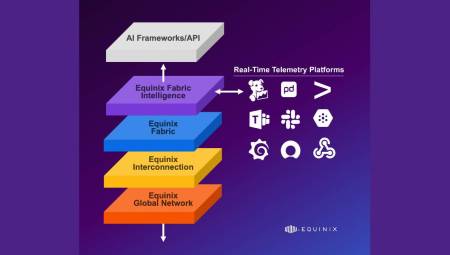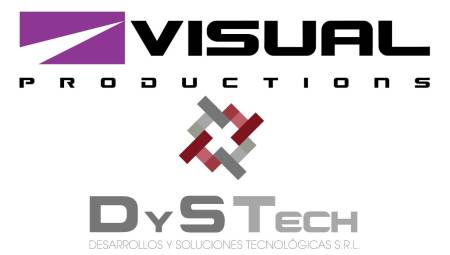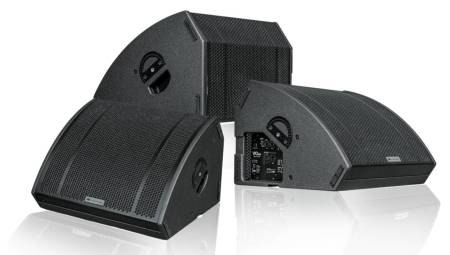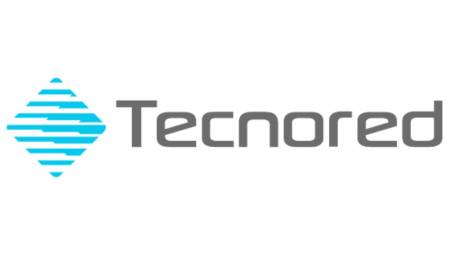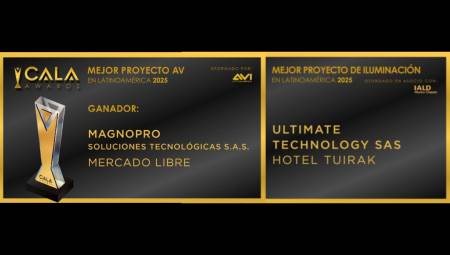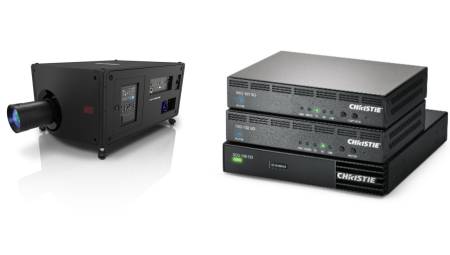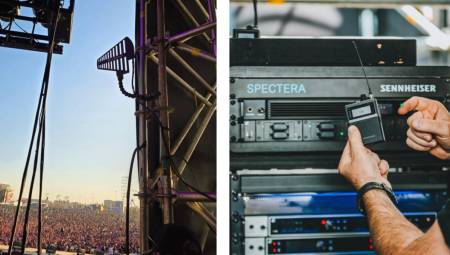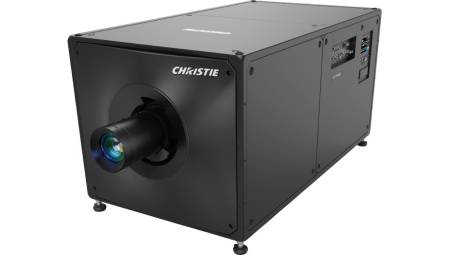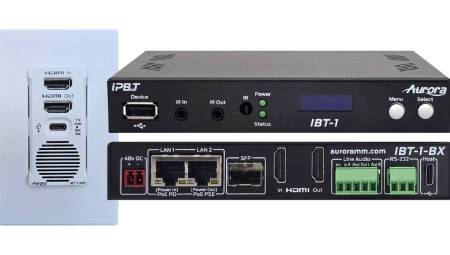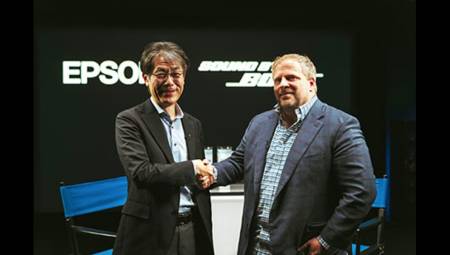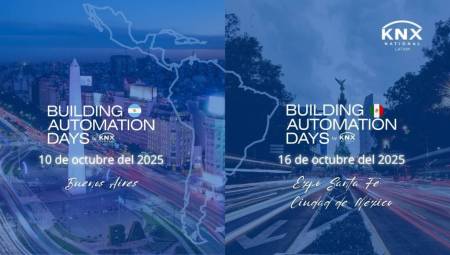 Latin America. For the European Commission, electromobility is a fundamental pillar on the road to an emission-free economy by 2050. This can make traffic and road transport cleaner and cheaper.
Latin America. For the European Commission, electromobility is a fundamental pillar on the road to an emission-free economy by 2050. This can make traffic and road transport cleaner and cheaper.
But it can only contribute effectively to climate protection if the necessary energy is obtained from sustainable sources. It is also important to use energy as efficiently and moderately as possible. This is exactly where KNX comes in.
Seamless integration of charging stations into smart buildings
Electromobility is becoming increasingly popular: more than 8.5 million electric vehicles are sold worldwide every year, most of them still in Asia. But the electrification of transportation is also increasing in other major markets such as North America and Europe. The global market is expected to grow to 27 million electric vehicles by 2030.
When it comes to climate protection, the clean and efficient charging of all these vehicles comes to the fore and therefore so does KNX. As the world's leading technical standard for building automation, KNX enables the seamless integration of charging stations for electric vehicles into the energy management of smart buildings. In this way, KNX builds a pioneering bridge between the worlds of electromobility and building automation.
An energy management system is sufficient to control multipoint charging stations from various manufacturers
The basis for this is the KNX technology for optimal and safe interaction of all devices, installations and charging stations in smart homes and buildings, as well as the ETS tool for smooth configuration and commissioning. Solutions based on these KNX technologies include, but are not limited to, "SMART CONNECT KNX e-charge II" from ise GmbH and "EibPC²" from Enertex Bayern GmbH.
They make it possible for their users to use their own sources of power generation through KNX, such as photovoltaic systems, to charge electric vehicles by intelligently integrating charging stations into the KNX energy management system of the smart home or building. Up to five different charging points from different manufacturers can be connected to the same system.
Efficient and moderate use of clean energy for electromobility ensures stability in the local grid and power grid
The charging current and charging processes are managed taking into account the current electricity consumption so that other devices and installations in operation in the building, such as the washing machine, oven or air conditioning, are not harmed. It is also possible to prioritise certain charging points so that the vehicle that is needed more quickly is charged as soon as possible. Even data and weather forecasts can be included in the control of loading processes.
If less energy is available due to weather conditions or overnight through photovoltaic systems, charging processes are regulated accordingly so as not to have to obtain additional electricity from the regional electricity provider. This will reduce costs.
An advantage for climate protection
"In addition to electrified vehicles and charging stations, technologies that allow electromobility to be integrated safely, easily and, above all, seamlessly into existing infrastructures and therefore into our daily lives, are also decisive for its success. In this regard, KNX is a key player in the field of smart homes and buildings and provides the technological basis for effectively using electromobility for climate protection by combining power generation from renewable sources with smart energy management and the connection of charging stations from various manufacturers." explained Franz Kammerl, president of the KNX Association.
































